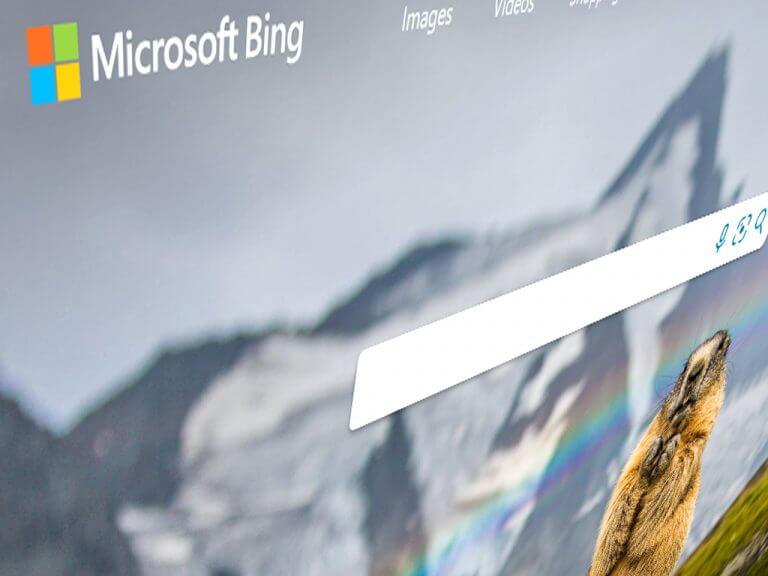Search Engine Journal released part 3 of Jason Barnard’s deep dive interview series with Bing’s technical leaders. In this interview, Barnard sat down with Ali Alvi, Principal Lead Program Manager AI Products, Bing to learn how Bing Q&A and Featured Snippet Algorithms work, what SEO people might call “Answer Engine Optimization.”

Generating descriptions
While we are all very familiar with descriptions in search results, how they get there is a result of millions of factors that Bing uses to present the best answers possible for every search query.
Early in the interview, Alvi points out to Barnard that the top results we typically see when perform a search is an output where Bing is simply pulling content from the site and featuring it. In doing this, Alvi points out that Bing isn’t just taking the snippet word for word from the website, but rather build its own summaries of the site text and show that. Barnard provides a great example to demonstrate what we actually see in the result, and as you can see Bing is actually pulling different pieces of text based on the entire page.
By creating the summary of the page in this format, Bing is better able to match questions being answered. Now, the next part of this gets a bit technical but it is, as Barnard points out, the critical in getting the “best” answer to the question.
Extracting the implied question
When performing a search, Bing users ask a question, the Q&A algorithm looks at the top blue link results and creates a summary. The summary that Bing generates here implicitly answers the user’s question, and by identifying the implied question that is closest to the users gives Bing the “best” answer / Q&A result. At this point in the interview, Alvi tells Barnard that Microsoft is using high ambition AI to teach their machines how to read and understand.
While Alvi’s statement seems mundane, he indicates that the snippets team’s work on AI “is the hub for those algorithms for all of Microsoft.” Barnard summarizes here that the snippets team, the team responsible for generating these descriptions, are in fact providing the fundamental algorithms for all of Microsoft products to enable applications like Excel and Word to understand text and then extract or create chunks of text to display to the end-user.
Ranking in Q&A
For readers here who want to understand how to rank content higher in the Q&A search results, Alvi indicates that most of the time Q&A results are based on the top blue links and that websites need to rank there to get the Q&A in the first place.
As mentioned in his previous Bing interviews, Barnard says that getting top results is based on attributes such as expertise, authority, and trust (E-A-T) as they relate to the user’s question. As the search engine results pages (SERP) are created, the website results are generated based on the question being answered. At this point, it’s the users who are the final arbiters when it comes to the results and provide confirmation or the corrective data back to Bing on the quality of the results.
It should be noted here that Alvi points out that you don’t need to maintain your blue link in order for your Q&A spot to be considered in the future: Bing has the ability to memorize results and can use those results in the future.
Filters
Barnard’s article spends a fair amount of time describing the specifics of how search algorithms work and reminds us that in the end, both Bing and Google must serve their clients. Any user that inputs a search expects that the results coming back to them will either be a simple answer to a simple question, or a potential solution to a problem. Barnard points out that Alvi’s Q&A results present the simplest and quickest solution for Bing to provide answers to their users without appearing wrong, biased, or misleading.
Preventing Hate Speech
It’s important to note that Bing does have a built-in filtering algorithm that actually prevents potentially harmful or damaging results. The filter itself is an algorithm based on machine learning and works to identify and suppress results and content that could be unhelpful, offensive, or damaging. Alvi indicates that Bing’s position on this type of content is that it will be automatically suppressed and that it is their prerogative to not answer certain types of questions.
Improving your SEO
Barnard summarizes his thoughts on SEO and, how during the course of his interviews, he has become convinced that Bings parts are inter-reliant and fit closely together. The entire process of crawling, storing, and ranking results are deeply connected and for the SEO marketer out there, he breaks down some simple steps where he thinks everyone should be spending their time.
- Structure content to make it easy to crawl, extract and annotate.
- Make sure content is valuable to the subset of their users that is our audience.
- Build E-A-T (expertise, authority and trust) at content, author and publisher levels.
In the next week, Barnard will release his 4th interview looking at how Bing’s image and video algorithms work with Meenaz Merchant, Principle Program Manager Lead at Bing. Stay tuned.




